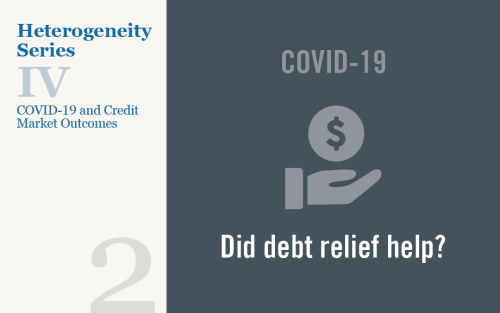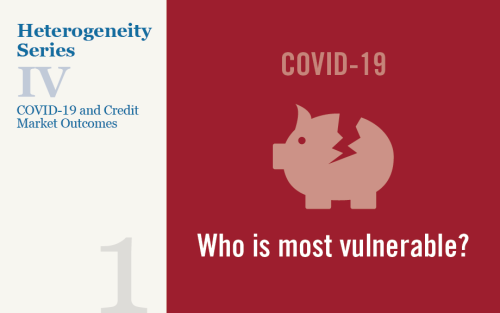Tracking the Spread of COVID‑19 in the Region
The New York Fed today unveiled a set of charts that track COVID-19 cases in the Federal Reserve’s Second District, which includes New York, Northern New Jersey, Fairfield County Connecticut, Puerto Rico, and the U.S. Virgin Islands. These charts, available in the Indicators section of our Regional Economy webpage, are updated daily with the latest data on confirmed COVID-19 cases from The New York Times, which compiles information from state and local health agencies. Case counts are measured as the seven-day average of new reported daily cases and are presented on a per capita basis to allow comparisons to the nation and between communities in the region. Recent data indicate that after spiking to extraordinary levels in April, new cases have remained relatively low and stable in and around New York City, and in upstate New York. By contrast, cases have been trending higher in Puerto Rico and the U.S. Virgin Islands since mid-July.
How Does the Liquidity of New Treasury Securities Evolve?
In a recent Liberty Street Economics post, we showed that the newly reintroduced 20-year bond trades less than other on-the-run Treasury securities and has similar liquidity to that of the more interest‑rate‑sensitive 30-year bond. Is it common for newly introduced securities to trade less and with higher transaction costs, and how does security trading behavior change over time? In this post, we look back at how liquidity evolved for earlier reintroductions of Treasury securities so as to gain insight into how liquidity might evolve for the new 20-year bond.
Explaining the Puzzling Behavior of Short‑Term Money Market Rates
Since 2008, the Federal Reserve has dramatically increased the supply of bank reserves, effectively adopting a floor system for monetary policy implementation. Since then, the behavior of short-term money market rates has been at times puzzling. In particular, short-term rates have been surprisingly firm in recent months, despite the large increase in reserves by the Fed as a part of its response to the coronavirus pandemic. In this post, we provide evidence that both the supply of reserves and the supply of short-term Treasury securities are important factors for explaining short-term rates.
The Disproportionate Effects of COVID‑19 on Households with Children

A growing body of evidence (here, here, and here) points to large negative economic and health impacts of the COVID-19 pandemic on low-income, Black, and Hispanic Americans. Beyond the consequences of school cancellations and lost social interactions, there exists considerable concern about the long-lasting effects of economic hardship on children. In this post, we assess the extent of the underlying economic and financial strain faced by households with children living at home, using newly collected data from the monthly Survey of Consumer Expectations (SCE).
Token‑ or Account‑Based? A Digital Currency Can Be Both
Implications of the COVID‑19 Disruption for Corporate Leverage

The COVID-19 pandemic has caused significant economic disruptions among U.S. corporations. In this post, we study the preliminary impact of these disruptions on the cash flow and leverage of public U.S. corporations using public filings through April 2020. We find that the pandemic had a negative impact on cash flow while also reducing corporations’ interest expenses. However, the cash flow shock far outpaced the benefits of lower interest payments, especially in industries that were disproportionately levered. Looking ahead, we find that a sizable share of U.S. corporations have interest expense greater than cash flow, raising concerns about those corporations’ ability to endure further liquidity shocks.


















 RSS Feed
RSS Feed Follow Liberty Street Economics
Follow Liberty Street Economics